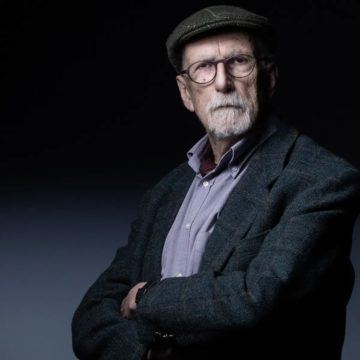Justin E. H. Smith in The Hinternet:
 Down in the crypt of the basilica of Saint-Maximin-La-Sainte-Baume, in the South of France, there is an exquisitely rare object. It is a skull, behind a wall of glass, and it is described by two separate and very different labels. The one label tells you it comes from a woman in her fifties, likely born in the eastern Mediterranean in the early first century CE. The other label tells you it is the skull of Mary Magdalene. Legends of her late-life migration to Southern Gaul had already been circulating for some time when the discovery of her skeletal remains in Saint-Maximin was announced in 1279, and the basilica was subsequently built up around this gravesite. In the fourteenth century the Genoese Dominican author Jacobus de Voragine tells the full story of Mary Magdalene’s shipwreck off the coast of Marseille, and of her subsequent long career of miracle-working throughout Provence. Europe was made Christian not just by real-time conversion, but also a great deal of retroactive inscription of Biblical personages, apostles, and early Church Fathers into the ancient history of what was not yet a well-delineated cultural-geographical sphere.
Down in the crypt of the basilica of Saint-Maximin-La-Sainte-Baume, in the South of France, there is an exquisitely rare object. It is a skull, behind a wall of glass, and it is described by two separate and very different labels. The one label tells you it comes from a woman in her fifties, likely born in the eastern Mediterranean in the early first century CE. The other label tells you it is the skull of Mary Magdalene. Legends of her late-life migration to Southern Gaul had already been circulating for some time when the discovery of her skeletal remains in Saint-Maximin was announced in 1279, and the basilica was subsequently built up around this gravesite. In the fourteenth century the Genoese Dominican author Jacobus de Voragine tells the full story of Mary Magdalene’s shipwreck off the coast of Marseille, and of her subsequent long career of miracle-working throughout Provence. Europe was made Christian not just by real-time conversion, but also a great deal of retroactive inscription of Biblical personages, apostles, and early Church Fathers into the ancient history of what was not yet a well-delineated cultural-geographical sphere.
In 2017 my spouse and I were standing and looking at the skull behind the glass. I was inspecting the two labels, and thinking about the ironies of the contrasting accounts they presented, when, behind us, we heard a voice: Ah, c’est bien, ils nous donnent un choix, the voice said. We turned around, and saw that it belonged to Bruno Latour. “It’s nice, they give us a choice.”
More here.
